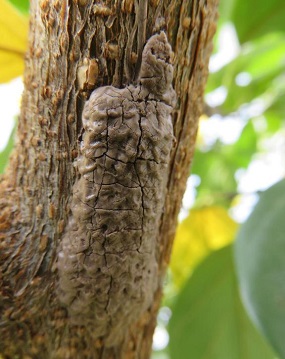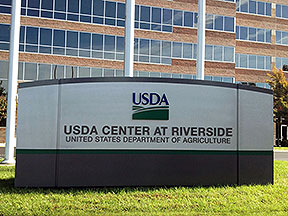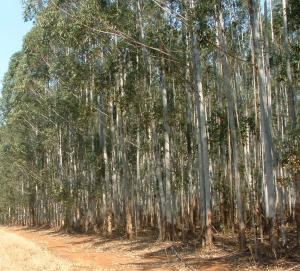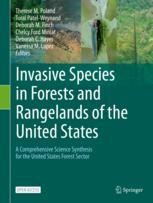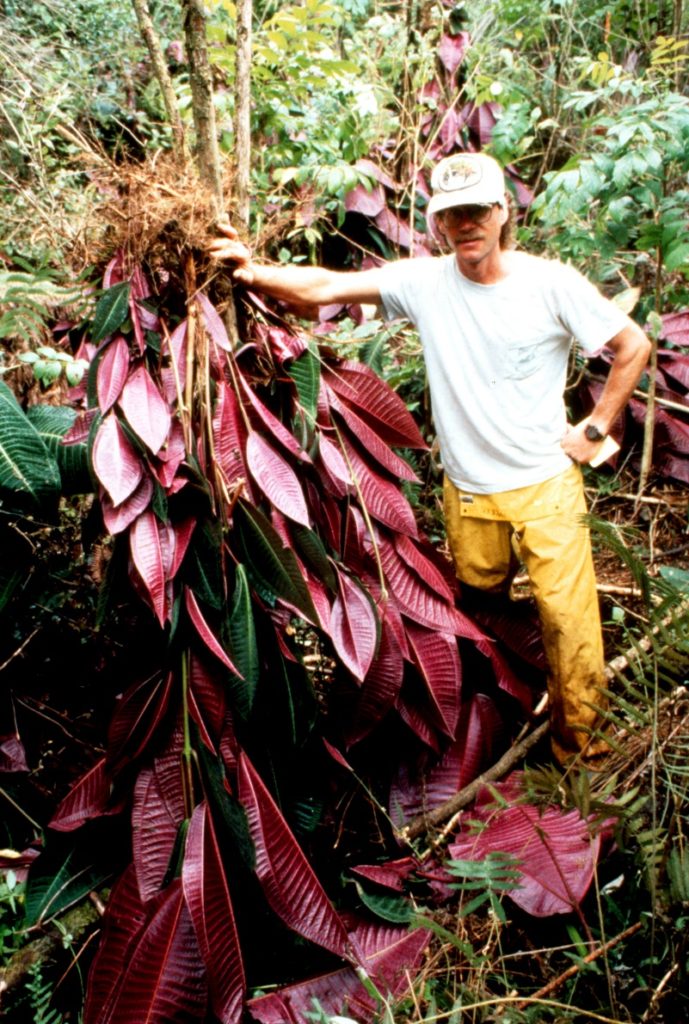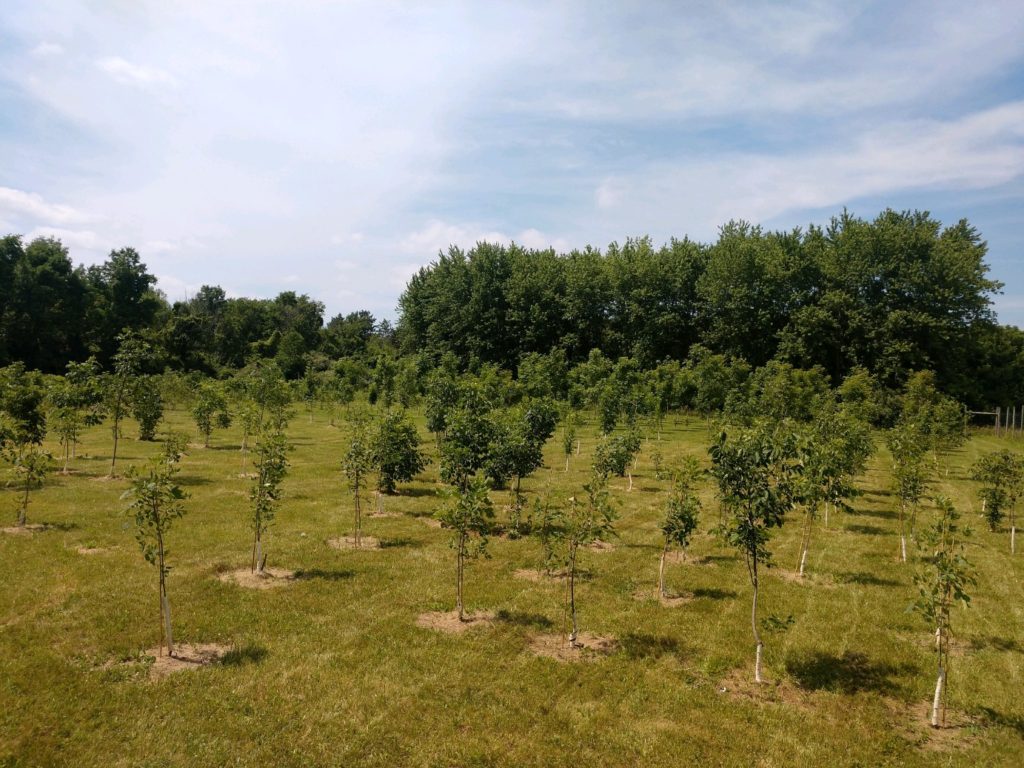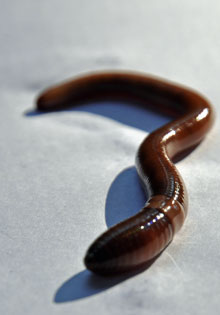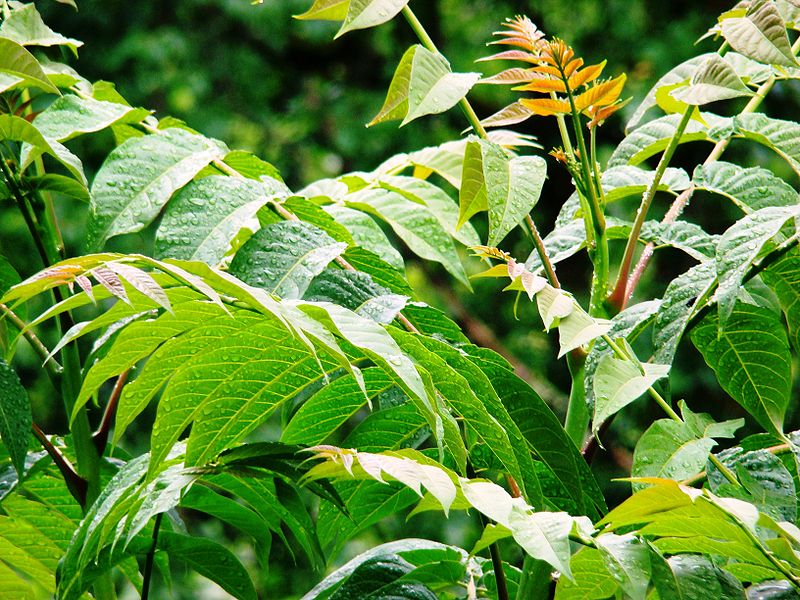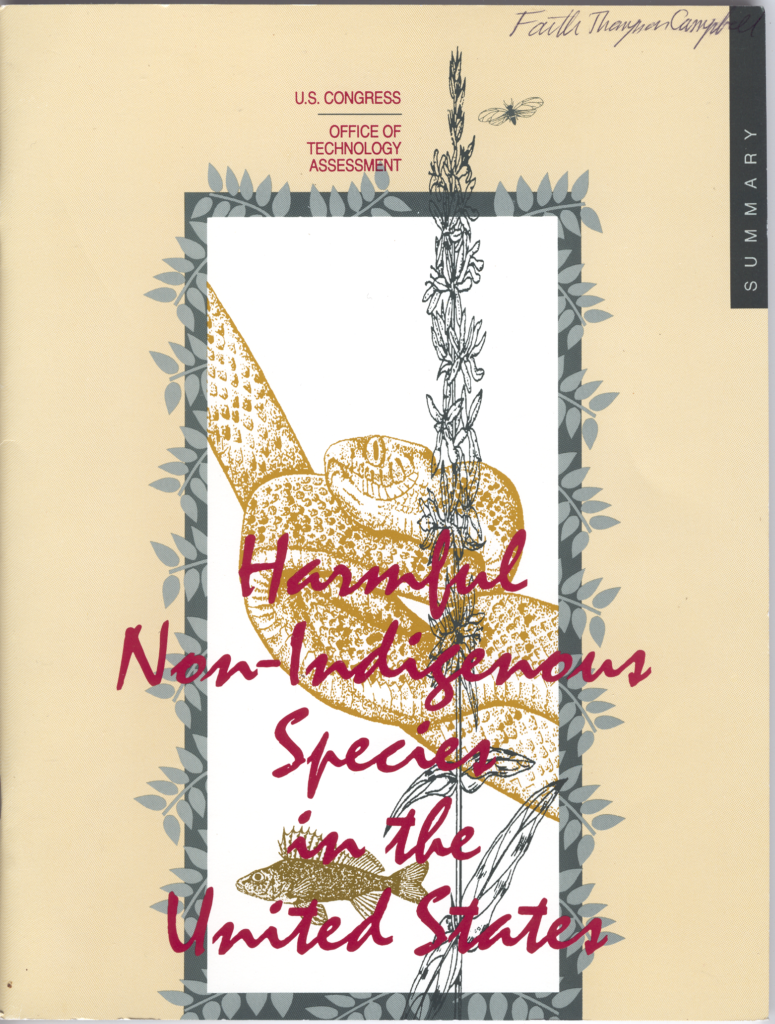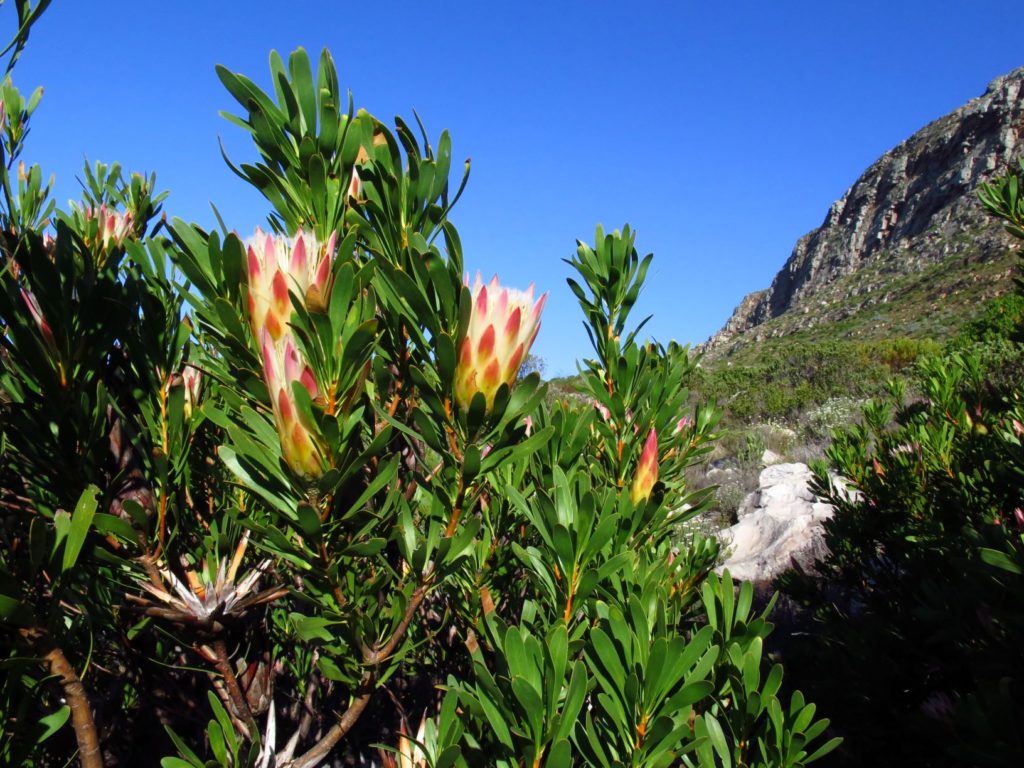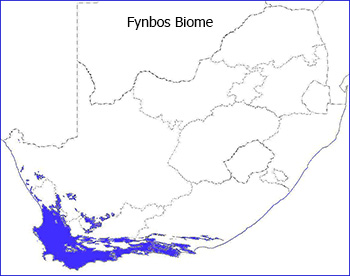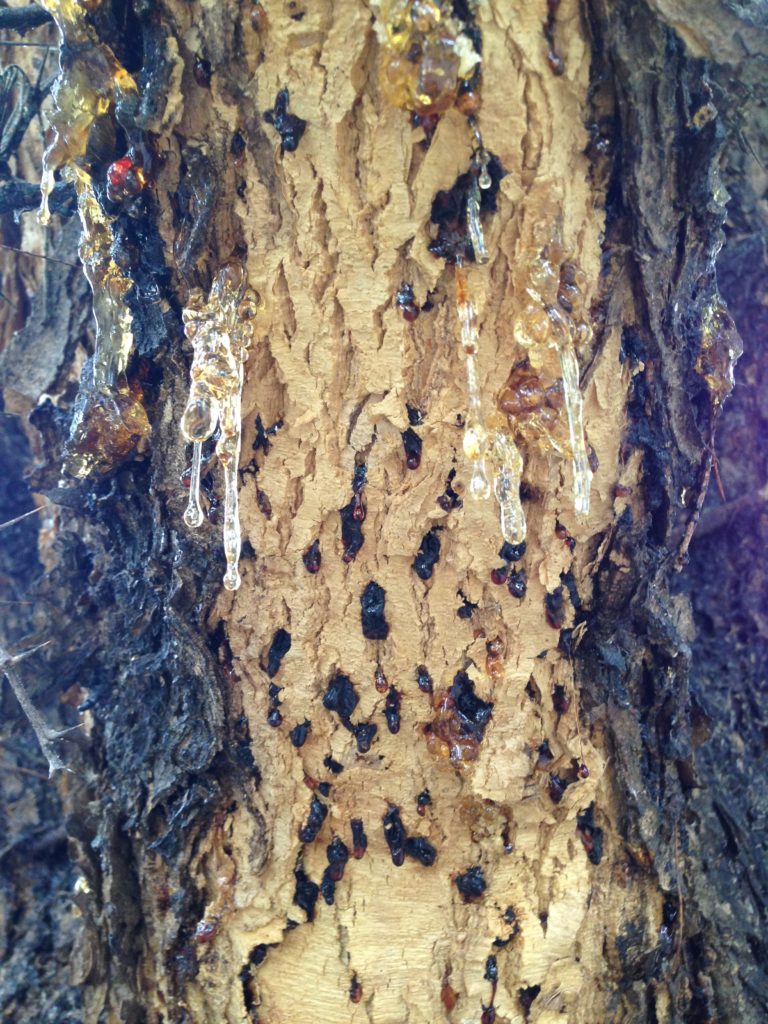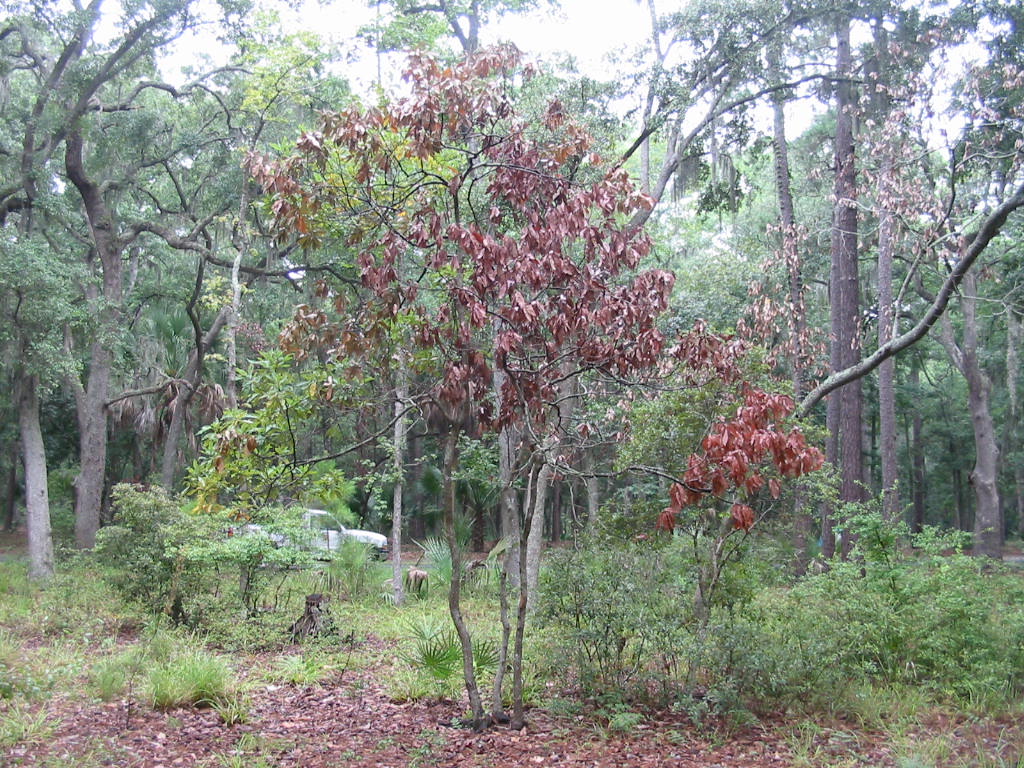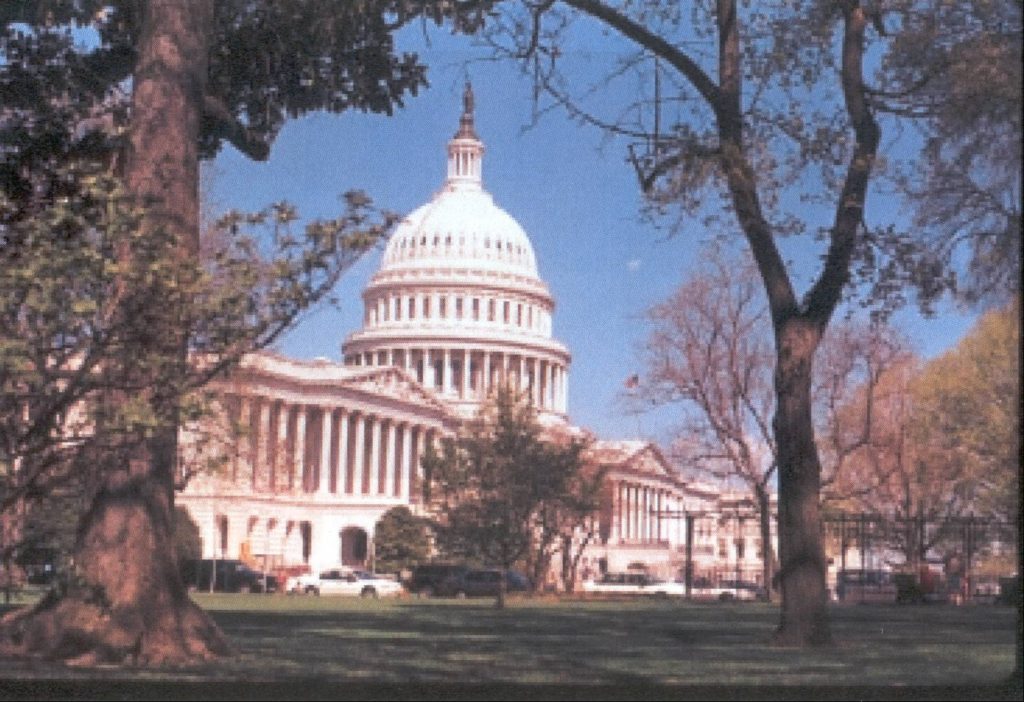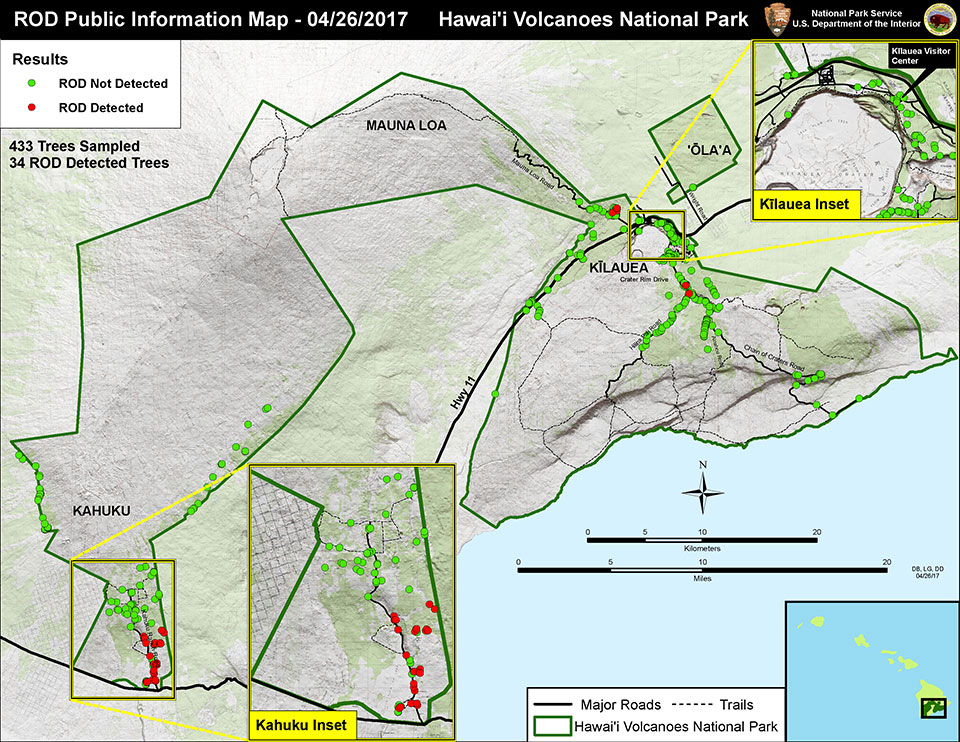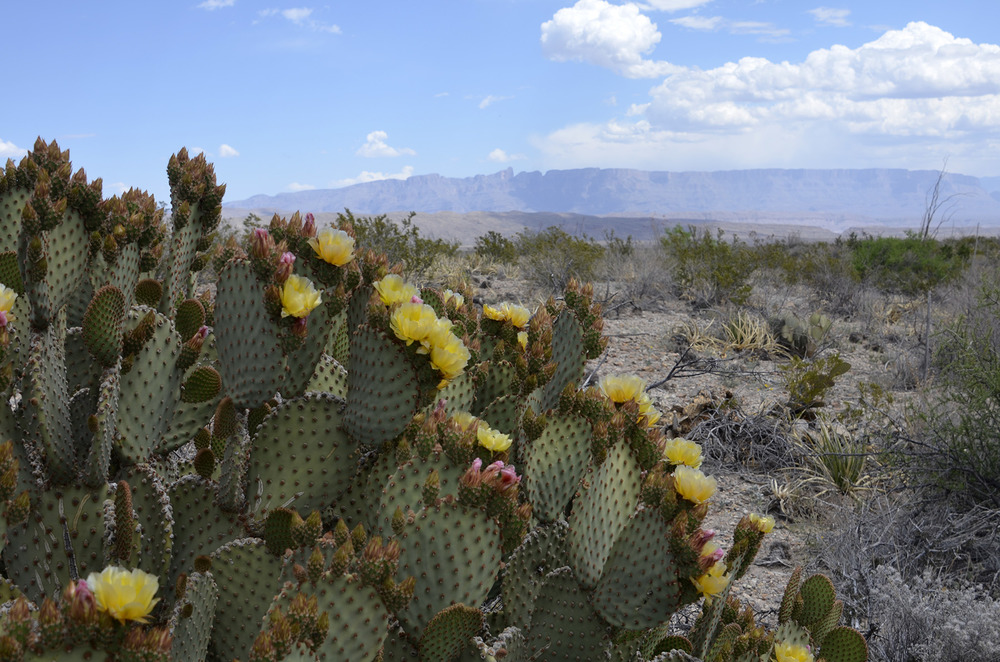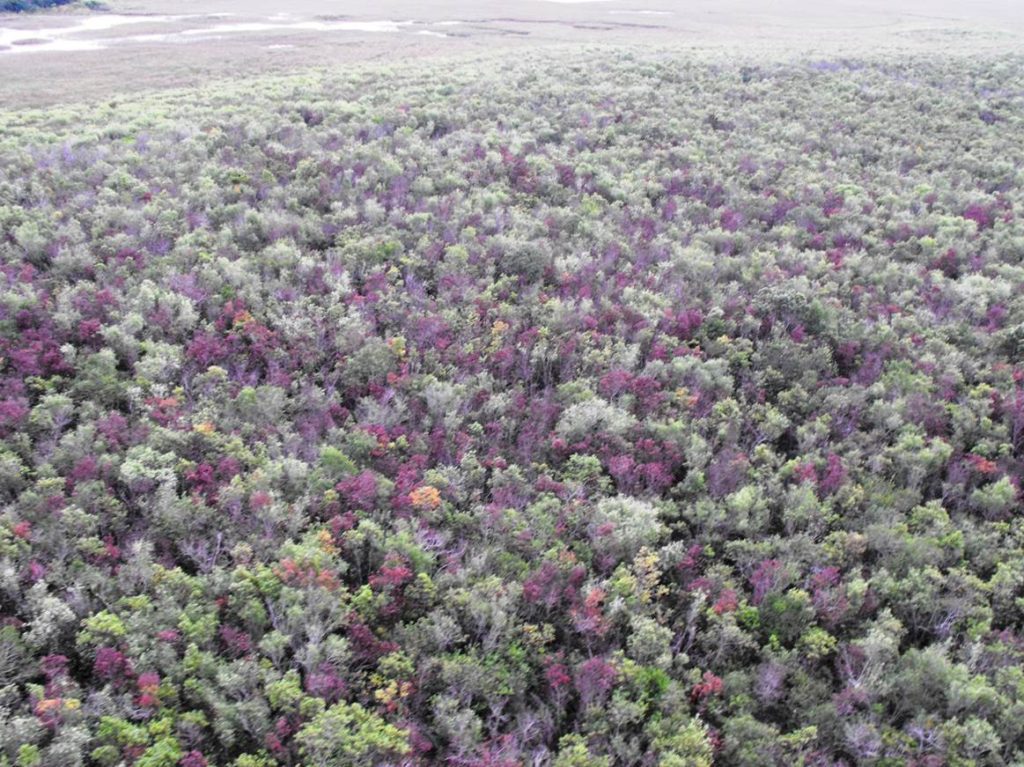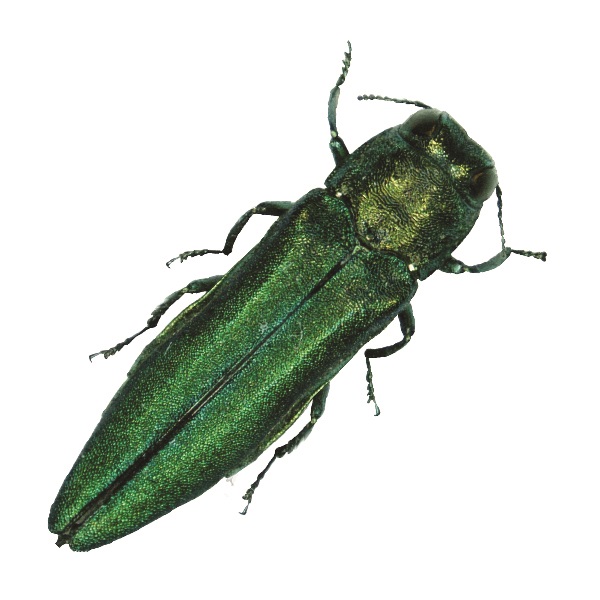
The 64th Forest Pest Management Forum was held in December 2021. This is the largest and most significant gathering of forest pest management experts, managers, and practitioners in Canada. The proceedngs are available here. I summarize the contents. (This is my third review of recent reports on invasive species by Canadians. See also here and here. I appeciate the opportunity to learn about forest pest issues across such a large proportion of North America!
As usual, much of the attention was given to native pests, e.g.,
- mountain pine beetle (Dendroctonus ponderosae) in Yukon, Alberta [declining numbers and areas affected]; Saskatchewan [none found in boreal forest]
- Jack pine budworm (Choristoneura pinus) – Saskatchewan, Manitoba, Ontario. [damage to jack pine in the Northwest Territories is caused by an unknown agent]
- spruce pests, including spruce budworm (Choristoneura fumiferana) across the country: from Yukon and Northwest Territories to New Brunswick; Nova Scotia; Newfoundland and Labrador
- aspen defoliators – British Columbia; Northwest Territories; Alberta; Saskatchewan;
- Swiss Needle Cast – British Columbia
- Septoria leaf and stem blight in hybrid poplars (Populus genus) spreading in British Columbia; fears it could threaten black cottonwood, a keystone species in riparian ecosystems

The meeting also reported the following on non-native forest pests:
- Asian longhorned beetle (Anoplophora glabripennis) — Canada has been declared free of ALB; national grid-based detection surveys continue – visual surveys at 10 sites; none found
- emerald ash borer (Agrilus planipennis) — trapping focused on high-risk locations and urban centers outside established regulated areas with no new detections in 2021. Saskatchewan continues to regulate EAB as a quarantine pest – after its detection in Winnipeg in November 2017. In New Brunswick, EAB has spread throughout the region where it was originally discovered in early 2021. In Nova Scotia, EAB remains undetected outside of the regulated area of Halifax
- spongy moth (Lymantria dispar dispar) – trapping continues across Canada; detections in all provinces except Newfoundland – Labrador. Officials think they have eradicated an incipient population in Manitoba. Outbreaks are intensifying in Ontario and Québec (spongy moth is also expanding in northern US)
- brown spruce longhorned beetle (Tetropium fuscum) – widespread trapping in Nova Scotia detected no new finds.
- hemlock woolly adelgid (Adelges tsugae) is a priority species. Hemlock is a major component of the forested regions in the eastern provinces and HWA threatens to cause potentially irreparable damage to hemlock-dominated areas. Visual detection surveys were conducted at more than 180 high risk locations in eastern Canada. HWA has been confirmed in 7 counties of Nova Scotia – 2 of them new; plus a new infestation in Ontario.
- beech leaf-mining weevil (Orchestes fagi) — continues to spread, with 22,129 ha of damage and mortality in areas near Halifax, Nova Scotia. The report makes no mention of beech leaf disease and here.
- Dutch elm disease (Ophiostoma ulmi & O.novo-ulmi) – spreading rapidly in parts of Saskatchewan; major control effort in Manitoba, where 38 communities are participating in a provincial program and Winnipeg has its own program.
- elm zig zag sawfly (Aproceros leucopoda) – Canadian authorities are apparently considering what their response should be [see also Martel et al. 2022. (open access!)

Canadian authorities have active surveillance programs targetting three species established in the U.S. which they worry will enter Canada:
- oak wilt (Ceratocystis fagacearum) – visual surveys at more than 60 sites in Ontario, Québec, New Brunswick and Nova Scotia; so far, no detections.
- spotted lanternfly (Lycorma delicatula) authorities noted the many possible pathways of introduction
- brown-tail moth (Euproctis chrysorrhoea) – rising population in Maine; several additional public reports of sightings in New Brunswick.
Policy
Canada has a National Forest Pest Strategy adopted by the Canadian Council of Forest Ministers (CCFM) in 2007. The CCFM Forest Pest Working Group (FPWG) plays a major role in advancing this Strategy. It also provides a national forum for generating ideas and exchanging information about forest pest management among federal, provincial, and territorial government agencies.
According to officials of the Canadian Food Inspection Agency (CFIA), the government has initiated limited pathway-based surveys to detect introduced pests associated with wood packaging material (crates, pallets, etc.). [See additional blogs posted here under “wood packaging” category. E.g., this one. The agency is also developing an efficient, safe and feasible management program for handling shipborne dunnage. CFIA expected to publish a revised directive in spring 2022, then fully implement it by fall 2022.
Presentations on Individual Pests
The Proceedings include abstracts of presentations on individual species. The abstracts rarely provide the final findings.
Emma J. Hudgins, of Carleton University, reported on ways to optimize control of EAB in the U.S. She found that the best management strategy combined site-focused activities – such as biocontrol — and spread-focused (quarantine) management measures. This combined strategy vastly outperformed efforts based on limiting propagule pressure or managing single sites. In other words, quarantines should be refined rather than abandoned – as the US has done.

Chris MacQuarrie of the Canadian Forest Service reviewed use of biocontrol agents targetting EAB. Canada has approved release of three agents also approved in the United States: Tetrastichus planipennisi in 2013; Oobius agrili in 2015; Spathius galinae in 2017. Canada began trying to evaluate their impacts in 2018 – but the results are not included in the abstract.
Lucas Roscoe, also of the Canadian Forest Service, reviewed biocontrol efforts targetting hemlock woolly adelgid. The abstract doesn’t provide conclusions.
Kevin Porter and James Brandt assessed the risk of the spruce budworm (Choristoneura fumiferana) outbreaks in Eastern Canada’s Forests. The insect is the most widely distributed and destructive pest of spruce-fir forests in Canada; it is native to much of boreal and hemiboreal North America. Outbreaks occur periodically. Cumulative tree defoliation and mortality can result in significant losses of important timber and non-timber resources, affecting the forest industry and forest-dependent communities.
Stefan Zeglen and Nicolas Feau reported on the importance of environmental conditions in causing one disease. Swiss Needle Cast (caused by the usually innocuous endophyte Nothophaeocryptopus gaeumannii) has become pathogenic on Douglas-fir, causing up to 60% growth loss. This results from changing climate – and is expected to worsen with rising temperatures and humidity.
Posted by Faith Campbell
We welcome comments that supplement or correct factual information, suggest new approaches, or promote thoughtful consideration. We post comments that disagree with us — but not those we judge to be not civil or inflammatory.
For a detailed discussion of the policies and practices that have allowed these pests to enter and spread – and that do not promote effective restoration strategies – review the Fading Forests report at http://treeimprovement.utk.edu/FadingForests.htm
or
